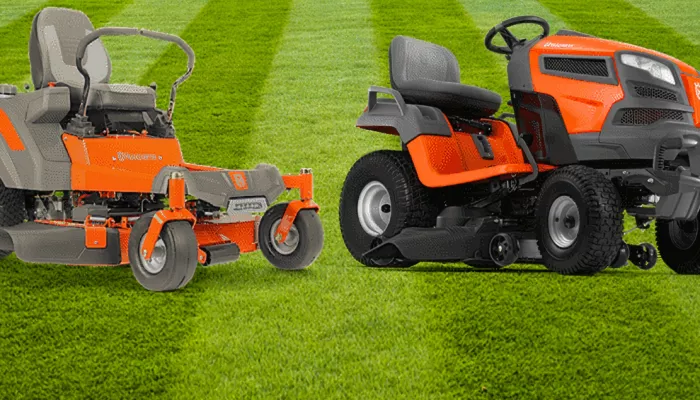The commercial landscaping industry is witnessing a surge in demand for efficient lawn care solutions, leaving many professionals debating between walk-behind and zero-turn mowers. With both options offering distinct advantages, the decision often comes down to property size, operational needs, and budget considerations.
Walk-Behind Mowers: Agility Meets Practicality
For smaller to medium-sized properties, walk-behind mowers remain a popular choice among landscaping crews. Industry experts note that jobs completed in under forty minutes often see equal or greater efficiency with these machines compared to their zero-turn counterparts.
The compact design of walk-behind mowers proves particularly valuable in tight spaces, offering superior maneuverability around obstacles. Their slower speeds translate to better control, while reduced weight minimizes turf damage—a critical factor for clients prioritizing lawn health.
Operational benefits extend beyond the field. The smaller footprint allows landscapers to transport multiple units simultaneously, optimizing trailer space and storage capacity. Financially, walk-behind models present a cost-effective solution, delivering comparable cutting performance at lower price points.
An unexpected advantage has emerged in workforce wellness trends. Unlike fully mechanized alternatives, these mowers provide moderate physical activity, turning routine maintenance into cardiovascular exercise for crew members.
Zero-Turn Mowers: Power and Productivity Redefined
For extensive properties requiring forty-five minutes or more of mowing time, zero-turn models dominate the market. Their superior speed—often doubling that of walk-behind units—makes them indispensable for commercial operations covering large areas.
The 2025 models showcase enhanced capabilities for complex projects. Landscapers managing multiple properties, such as residential developments or corporate campuses, benefit from the machines’ seamless transition between sites. Integrated towing systems have further elevated their utility, enabling simultaneous transportation of landscaping materials.
Comfort innovations address one of the industry’s persistent challenges: operator fatigue during extended use. Modern suspension systems and ergonomic designs, complete with convenient amenities like cup holders, allow crews to maintain productivity without frequent breaks—a crucial advantage during peak season heat waves.
Making the Right Choice for Your Business
As equipment technology continues evolving, the decision between these mower types ultimately depends on specific operational requirements. Landscaping firms handling numerous small properties may prioritize walk-behind fleets, while those servicing expansive areas typically opt for zero-turn efficiency.
For businesses still evaluating options, authorized dealers now offer augmented reality demonstrations, allowing customers to virtually test equipment in simulated work environments. This technological advancement helps bridge the gap between specifications sheets and real-world performance expectations.
Industry analysts predict both mower types will maintain strong market positions through the decade, with manufacturers focusing on hybrid features that blend the precision of walk-behinds with the power of zero-turn models. The coming years may see further innovations as autonomous mowing technology begins entering the commercial sector.

